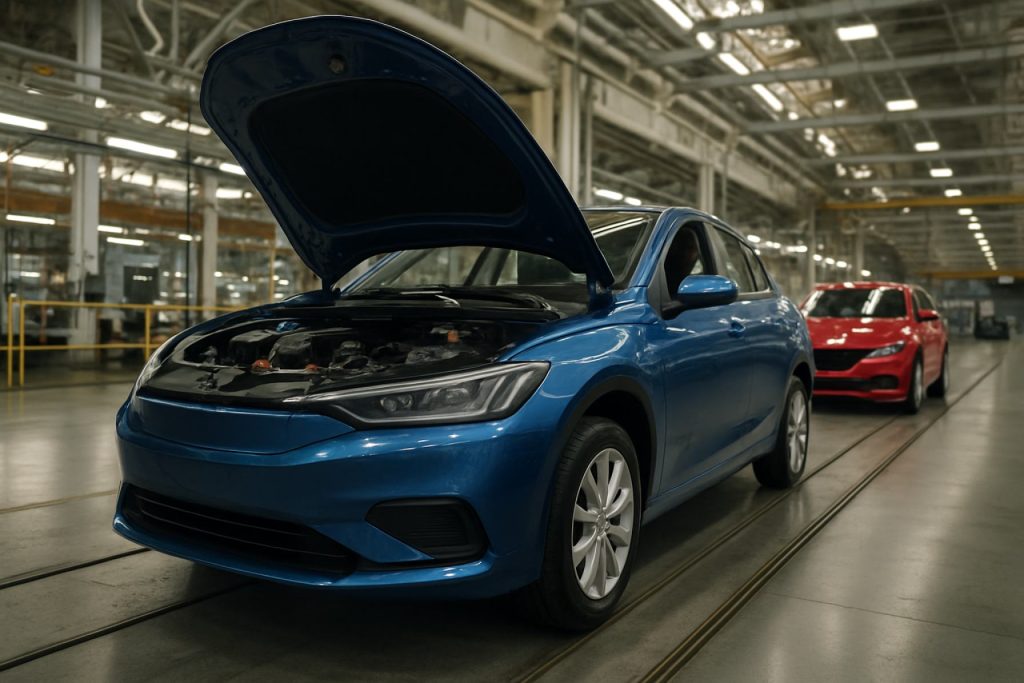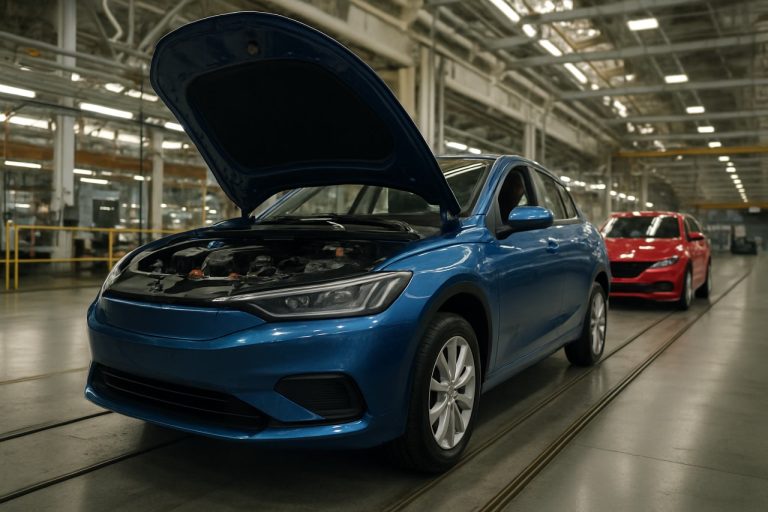
The Car Market’s Next Four Years Will Be Chaotic—Here’s Why Automakers Are Bracing for Disruption Like Never Before
Auto giants face historic upheaval as electric vehicle gambles falter, Chinese price wars erupt, and strategies shift for 2025 and beyond.
- 159: Number of new car models launching through 2029—down from 200+ last cycle
- 22.4%: Tesla’s expected share of upcoming model launches, highest in the industry
- 19%: Average drop in car prices in China over the past two years
- $2.4 trillion: Estimated value of the global aftermarket auto business
Automakers are navigating a seismic industry shakeup, with volatility surging to levels not seen in decades. According to Bank of America Securities’ latest Car Wars report, the industry is entering four or more years of relentless disruption, as automakers rethink electric vehicle (EV) ambitions, brace against regulatory uncertainty, and battle a collapse in Chinese car prices.
The Car Wars analysis warns that delayed EV adoption—once seen as a growth engine—has triggered massive write-downs. Carmakers worldwide are already feeling the sting, with Ford’s $1.9 billion loss from an abandoned all-electric SUV project just the tip of the iceberg. Similar billion-dollar blows are forecast as brands walk back overly optimistic EV plans.
Q: Why Are Car Companies Slamming the Brakes on EVs?
EV hype fueled rapid investments, but consumer demand has lagged. Battery supply chain woes, high sticker prices, and patchy charging infrastructure pushed cautious buyers back to hybrids and traditional gasoline models. As EV sales slow, regulatory goals become a moving target.
Q: Which Car Brands Will Lead the Rebuild?
The next wave of model launches is shrinking—just 159 vehicles through 2029, down sharply from previous cycles. Tesla leads the charge (22.4% of launches), followed by Honda, Hyundai/Kia, and Ford, all beating the 16% industry average. Legacy giants like Nissan, Toyota, GM, and Stellantis lag just behind, forced to recalibrate product strategies amid uncertainty.
How Are Price Wars in China Shaking the Global Market?
China, once the world’s growth engine for EVs, faces a brutal price collapse. Nomura data shows average vehicle prices plummeting 19% across the board, with hybrids down a staggering 27% and pure EVs off by 21%. A glut of new vehicles pushed hundreds of brands into frantic discounting, sparking calls for imminent consolidation—and raising alarms about cheap exports flooding Western markets.
Murphy’s report urges the U.S. to defend its auto sector with strategic tariffs or controls on cut-rate Chinese models. Industry insiders are already lobbying in Washington, fearing a wave of imports that could further destabilize domestic automakers. For more on global trade policies, see Wall Street Journal coverage.
How Are Automakers Recovering Profits Amid the Turmoil?
Industry focus is pivoting hard: profitability now rules. Expect investments to consolidate around best-selling trucks, SUVs, and profitable hybrids. Meanwhile, smart automakers are eyeing the $2.4 trillion aftermarket business, where digital services and dealer upgrades could open $133 billion in new revenue streams.
Murphy stresses that aligning with dealers and leveraging advanced automotive software will be critical for survival. Brands that stay nimble—refreshing core models and expanding service offerings—stand the best chance in this new era.
Q: What’s Next for Shoppers and Dealers?
- Fewer new models and less variety in showrooms
- Potential price relief on certain hybrids and EVs, particularly as Chinese brands seek global buyers
- Dealerships ramping up digital and service experiences
- Continued uncertainty—but also opportunity for tech-savvy market leaders
Don’t Get Left Behind: Prepare Your Auto Strategy Now!
- Watch auto industry leaders like Tesla, Hyundai, and Ford for new trends.
- Track the global impact of China’s car price crash and potential policy changes.
- Dealers: Leverage aftermarket and tech upgrades to unlock new revenue.
- Buyers: Stay alert for deals and changing product lineups through 2025 and beyond.
For deeper analysis, visit the comprehensive industry coverage at Reuters.



